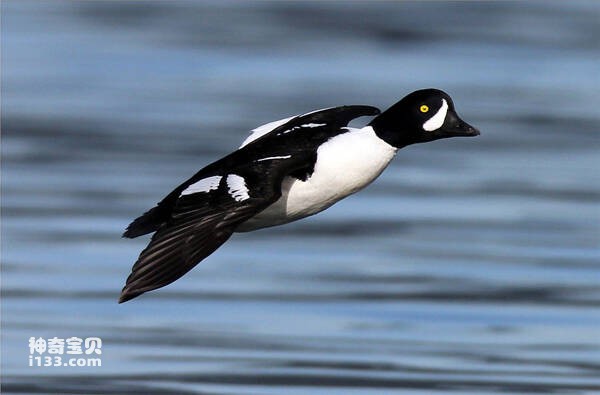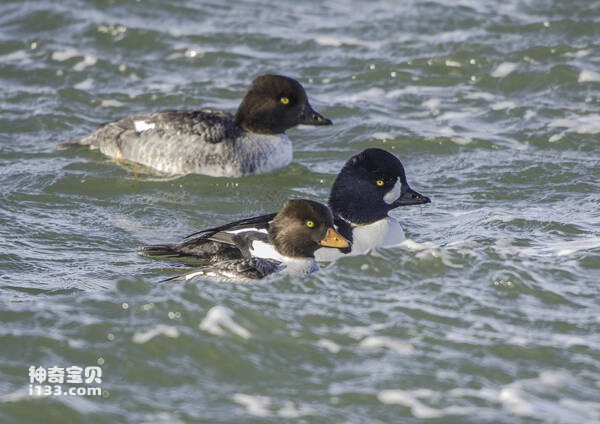Bucephala islandica
IUCN
LCBasic Information
Scientific classification
- name:Bucephala islandica
- Scientific Name:Bucephala islandica,Barrow’s Goldeneye
- Outline:Waterfowl
- Family:
Vital signs
- length:42-53cm
- Weight:800-1100g
- lifetime:No textual research information is available
Feature
The name comes from the namer, Sir Barrow
Distribution and Habitat
It is found in North America, including the United States, Canada, Greenland, Bermuda, Saint Pierre and Miquelon, and in Mexico in the transition zone between North and Central America. Eurasia and northern Africa, including the whole of Europe, Africa north of the Tropic of Cancer, the Arabian Peninsula, and Asia north of the Himalayas - Hengduan Mountains - Minshan Mountains - Qinling Mountains - Huai River.
Appearance
It is a medium sized water duck with a length of 42-53 cm, a wingspan of 77-83 cm, a weight of 1100g for males and 800g for females, and a lifespan of 18 years. Adult males have black, purplish heads with a half-moon shaped white spot between the eyes and the bill. The upper body feathers and wings are black, with white markings arranged neatly between the wings, especially clear when floating on the water. They have golden irises, black beaks in males and yellow beaks in females. The species is named after its namer, Sir Barrow.
Details
Barrow's Goldeneye (Bucephala islandica) is a medium-sized water duck.

Magpie ducks dive for food. The main food is insects and their larvae, worms, crustaceans, mollusks, small fish, frogs, tadpoles and other available freshwater and saltwater aquatic animals.

Listed on the International Union for Conservation of Nature Red List of Threatened Species (IUCN) for 2020 ver 3.1 - Not Threatened (LC).
Protect wild animals and eliminate wild meat.
Maintaining ecological balance is everyone's responsibility!








